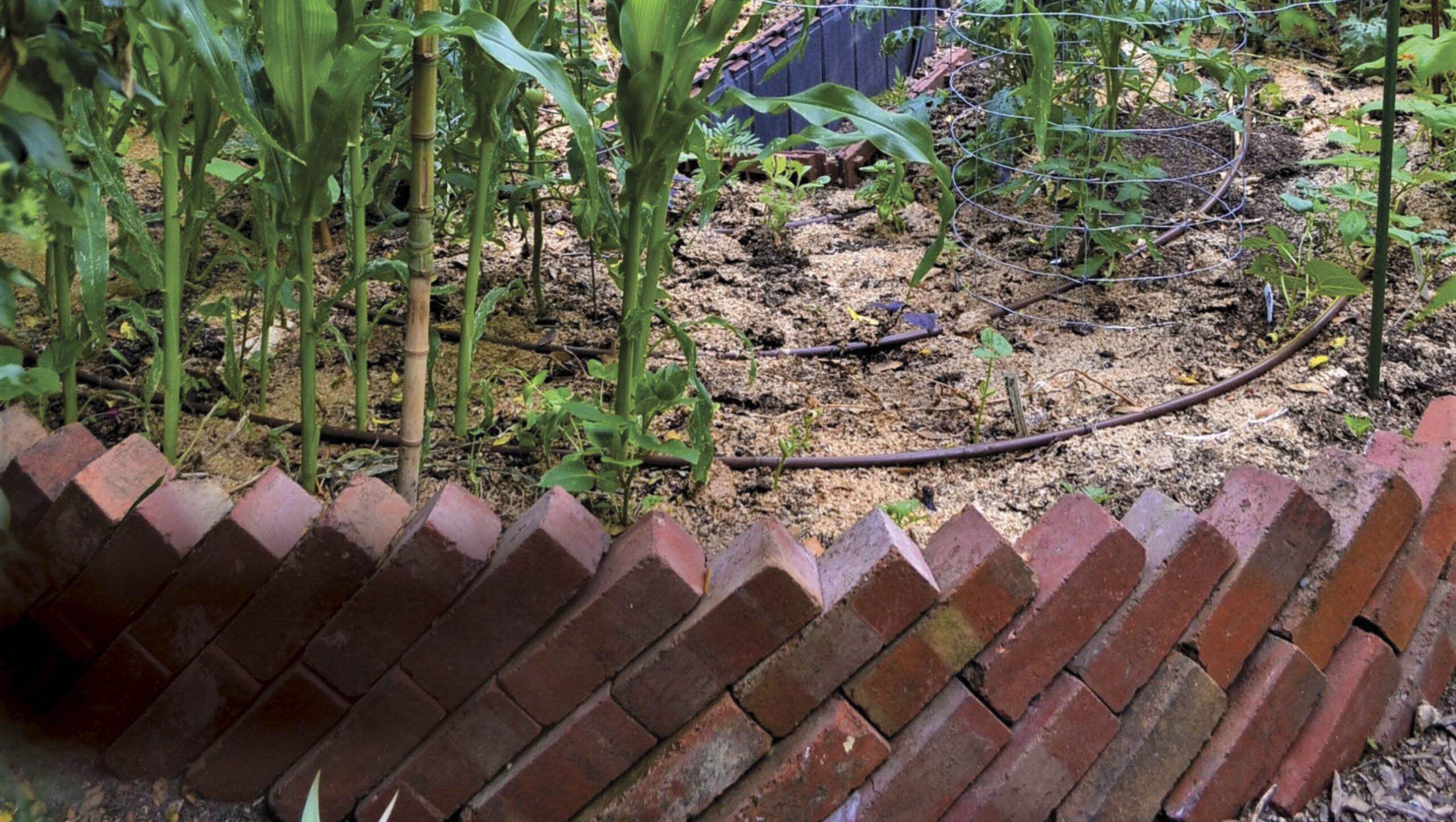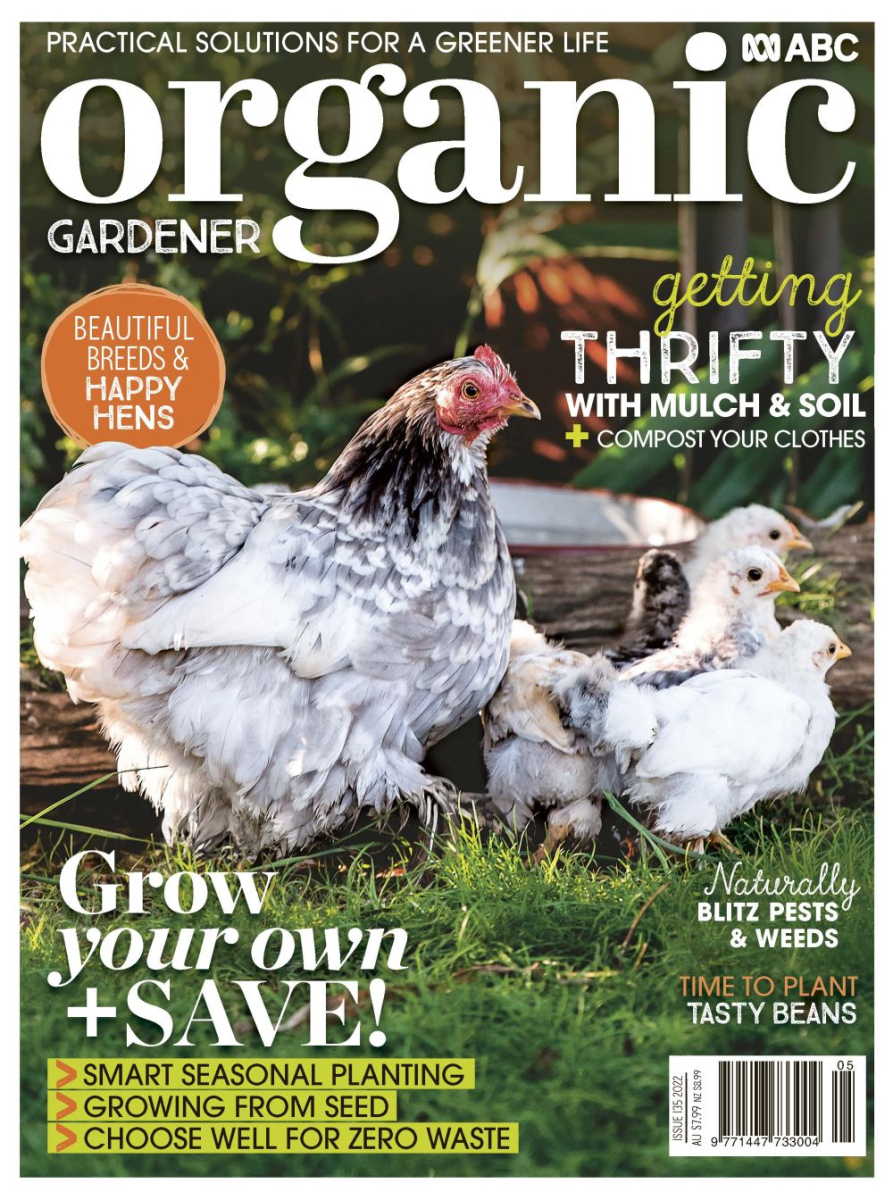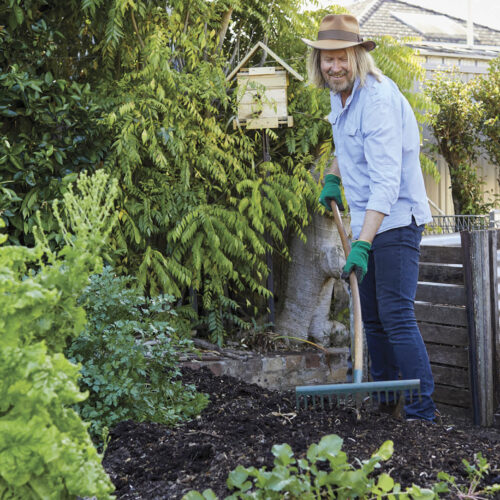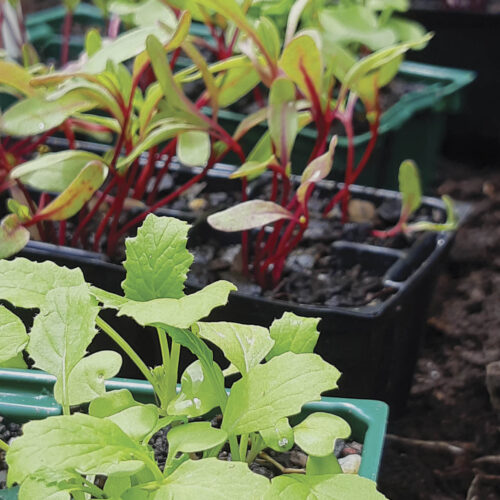Building your own raised beds
2022-10-09T01:08:47+11:00
There are many ways we can save money within our gardens, here Jian Liu shares her tips for making your own raised beds using locally sourced ‘waste’ products.
There’s something invigorating and utterly satisfying about making useful items for the garden out of things people throw away. It can take a bit more time and effort to do things sustainably, so here are some practical steps to get you started.
Raised garden beds
Raised beds can save your back and make harvesting easier, but buying or building your own can be costly to set up. You reap the benefits in the long run, especially if you choose durable and long-lasting new materials or repurposed materials.
Our largest garden beds are built from bricks we salvaged from our neighbourhood. We stacked the bricks on top of each other to create a simple yet attractive keyhole-style raised bed. We then repurposed old roof tiles, by piecing them together like a jigsaw, to create a border within the inner keyhole section of the bed – allowing convenient access to all parts of the bed. While the bricks and tiles cost us nothing (other than some elbow grease to cart home), we’ve been able to build a durable and functional raised bed that will last us for many decades to come.
There are many different ways to build a raised bed without spending much money. Get creative and see what materials you can find locally: ask online in your local buy/swap/sell page for large rocks, bluestone, or even hardwood tree logs to edge your beds. Like bricks, these materials can be stacked in a single or double height, and you can mortar them in for extra stability.
If you choose to build timber raised beds, ensure you pick a quality, non-treated hardwood, rather than softwood. If you choose galvanised iron, also look for quality and sturdiness. Note: there’s a current trend to re-use timber pallets for plant containers. They are either hardwood or softwood, but are always sprayed with toxic chemicals when they come from overseas, and often when from here in Australia, too. Unless you know for sure, best to avoid them.
Deeper raised beds
If you’ve got a particularly high raised bed (around 60cm or taller), you can fill the bottom section with twigs and branches, making use of a technique known as Hugelkultur. Not only will this add bulk to your bed and reduce the amount of soil needed to fill it, these carbon rich materials will break down over many years and gradually nourish your plants.
Filling raised beds with soil
Next, purchasing soil to fill your new raised vegie bed can be expensive. It goes without saying that buying in bulk from your local garden centre is much kinder to your wallet and the earth than buying individually packaged bags of soil. Remember, though, 30–40cm is enough soil depth for most vegies to grow in, so you may not need to fill the bed fully with soil.
You can make your own soil and one of my favourite methods is to assemble a lasagne bed. The idea is to create layers of different textured materials (browns and greens) that – when broken down – will become fudgy, rich soil, teeming with worms and life. This same technique can be used to top up your raised bed between seasons.
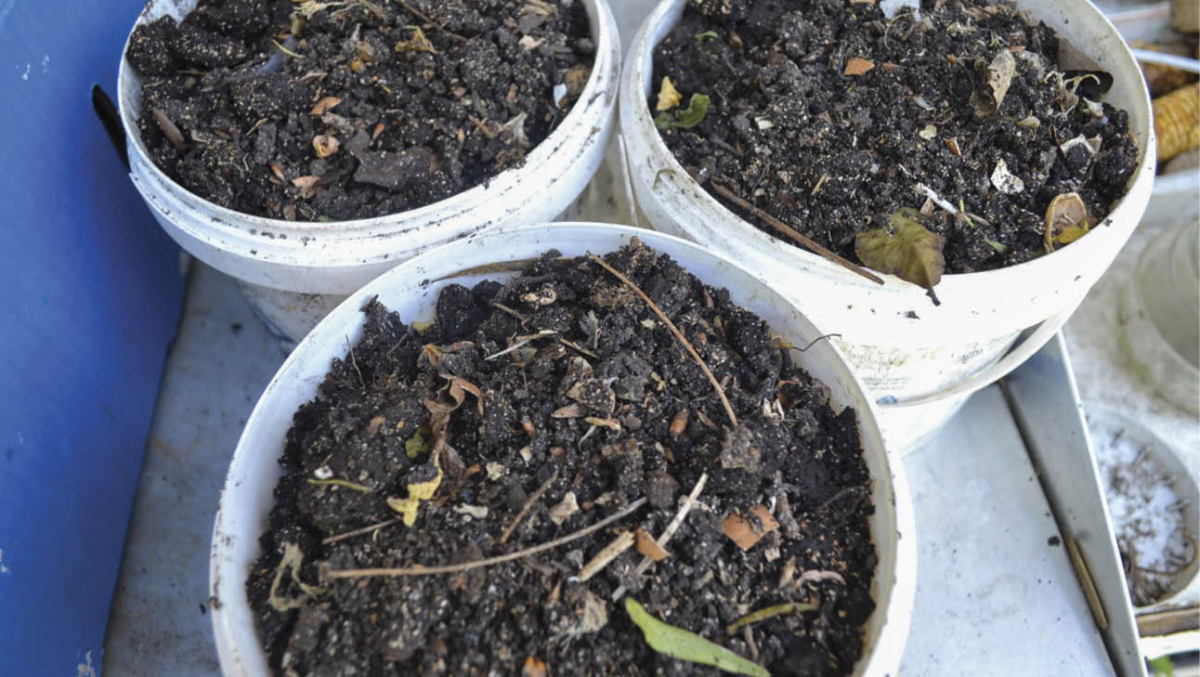
For example, one layer could be grass or garden clippings (greens), on which you add a layer of autumn leaves (browns). On top of that, you could pile well-rotted cow or horse manure. The next could be bush mulch (a mix of wood chips and leaves typically obtained from an arborist), soaked newspaper or brown cardboard. Following that, you could add a layer of food scraps or coffee grounds (greens). Keep repeating with whatever materials you have on hand. Be generous, as the volume of the materials will shrink dramatically as it breaks down.
It’s important to stockpile enough organic matter before you begin. If you don’t have enough, you may need to buy some materials such as lucerne or soil. But once combined, they should eventually teem with life.
You can learn more about ways to set up your garden using ‘waste’, as well how to naturally blitz pests and weeds, in our Early Spring 2022 issue (OG 135) available here.

